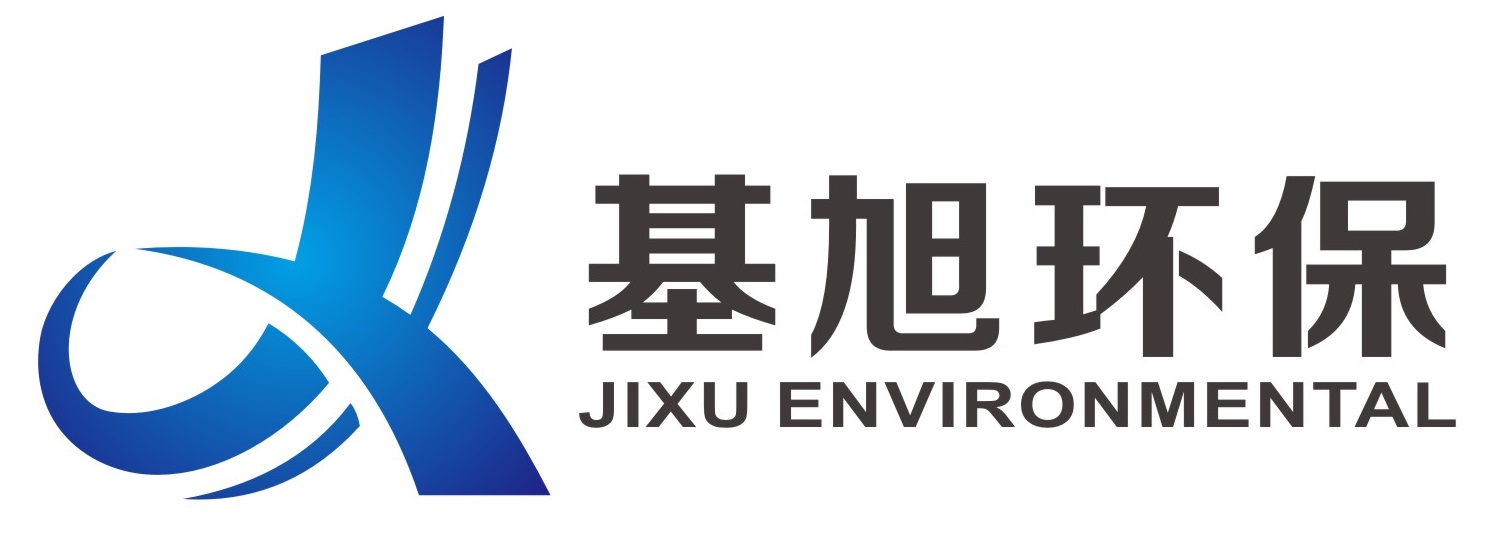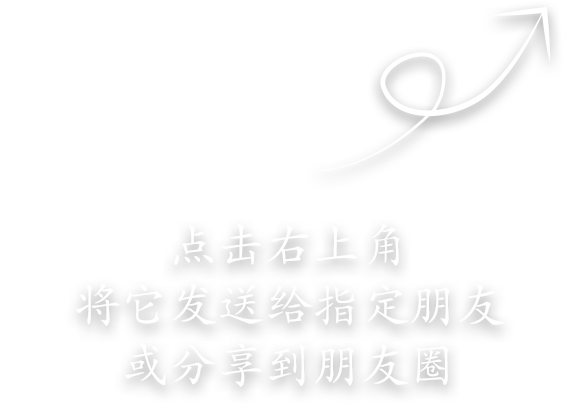




Farm wastewater treatment project
2.1 Pig raising process
The farm uses advanced breeding equipment and scientific breeding methods to produce according to the four-stage pig raising process, which is divided into breeding pigs, piglets and commercial breed pigs and commercial pigs. All pig houses are controlled by the central air conditioning of the livestock and poultry to control temperature, humidity and ventilation. After the feces are treated for simple separation of manure and urine, the wastewater is discharged to the wastewater treatment system.
2.2 Analysis of pollution sources
The method of clearing the feces of the pig farm adopts the dry and dung process. The pollution in the pig farm is mainly composed of pig manure (mainly solid body) and sewage (including residual pig manure and urine) formed by washing pig farms.
2.3 Sewage volume
According to the number of pigs kept by the farm and related data, relying on our previous experience in treating pig wastewater. The amount of wastewater we designed for this project is: 2m3/h
2.4 Sewage characteristics
Although the amount of manure sewage in this farm is relatively small, the water quality is characterized by “three highs”. That is, high pollutant concentration (CODcr and BOD5), high suspended matter content (SS high) and high NH3-N content. Direct discharge without treatment will inevitably pollute the environment, so it must be treated to meet the standard discharge.
2.5 Wastewater quality
Combined with the wastewater quality in the same industry at home and abroad, it is determined that the water quality of the farm is basically as follows:
CODCr = 4000mg/L BOD5=1500 mg/L NH3-N=600 mg/L
2.6 Emission standards
After the wastewater treatment, it is based on the receiving water or use. As an intensive farm, implement the “Emission Standards for Pollutants in Livestock and Poultry Industry” (GB18596-2001):
CODCr≤400 mg/L BOD5≤150 mg/L NH3-N≤80 mg/L
Chapter IV Processing Process Selection
4.1 Handling difficulties and priorities
The difficulty of wastewater treatment in this field is the treatment of NH3-N and pig manure; the focus is to maximize the separation of pig manure before biochemistry.
4.2 Process selection analysis
Since the "Ninth Five-Year Plan", China has carried out a lot of research and exploration on the treatment technology and technology of fecal sewage. It has carried out various tests and practices on the treatment of fecal sewage, and has achieved effective and successful experience. The treatment process combining main, biochemical and physical and chemical. Commonly used in biochemical methods are activated sludge method, biofilm method, anaerobic and aerobic combination method, hydrolysis acidification and aerobic combination. The engineering practice proves that it is feasible and efficient to carry out aerobic treatment after solid-liquid separation of fecal sewage in large and medium-sized pig farms. It is suitable for the combination of hydrolysis acidification and aerobic for small scale. The use of anaerobic digestion can reduce energy consumption and reduce operating costs. On the other hand, it can also recover methane gas and use it to achieve waste utilization. Therefore, we choose solid-liquid separation + hydrolysis acidification + biochemical as the leading process of wastewater treatment.
Biochemical treatment Biofilm methods are generally used for similar scale wastewater treatment. It generally has a fixed bed biofilm method (contact oxidation), an MBR suspension carrier biofilm method, a fluidized bed, an aerated biological filter, a biological turntable, a membrane bioreactor, and the like. The biological turntable is generally used in large-scale above-ground processing facilities, and has a large area and poor efficiency, which is easy to cause secondary pollution; membrane bioreactor membrane replacement is difficult, life is short, and cleaning is troublesome; aerated biological filter tank is more suitable for breeding There are many successful experiences in the treatment of wastewater. However, due to its high noise, it requires a special fan, and the water volume of this project is small, so it is not recommended to use it here. Contact oxidation combined with high-efficiency new bio-filler has high load and easy to hang film. The process is mature and so on, so the contact oxidation method is used as the main processing unit in this scheme.
In summary, for the characteristics of this wastewater, we choose the precipitation + hydrolysis acidification + contact oxidation method as the treatment process of wastewater.
Chapter V Wastewater Treatment Scheme
5.1.2 Brief description of wastewater treatment process
After the wastewater enters the primary sedimentation tank and precipitates the fecal residue and fine particles and homogenizes the average amount, it is quantitatively lifted to the hydrolysis tank by the lift pump for hydrolysis and acidification, eliminates toxic substances and reduces odor, and improves the biodegradability of the wastewater, and then enters the contact oxidation. The pool is subjected to aerobic biochemistry, and the effluent from the oxidation tank is used to separate and precipitate the mud water, and then the water can reach the standard discharge. The dosing coagulation device is a guarantee measure to prevent the sudden increase of the wastewater quality and affect the water discharge effect.
5.2 Process Design Description
1. Primary sedimentation tank: Maximize sedimentation and removal of floating matter and large particle impurities in wastewater, protect water pump and subsequent treatment facilities, and play a homogeneous homogeneous action to further remove suspended solids and some fine particles. Greatly reduce the COD and BOD in the waste water.
2, hydrolysis acidification tank: the use of hydrolysis and acid-producing microorganisms in the pool, the solids, macromolecules and non-biodegradable organic matter in the sewage are degraded into small molecular organic matter that is easy to biodegrade, and the other intercepted suspended matter can be in the hydrolysis tank. Partial digestion can reduce the subsequent processing load and remove odor caused by anaerobic conditions such as S. The hydrolysis tank residence time is 12 hours.
3. Contact oxidation pond: the main process of the project, the new high-efficiency bio-filler and micro-aeration aeration hose are placed in the oxidation tank, and most of the organic and inorganic pollution can be removed by the aerobic biochemistry of the microorganisms attached to the filler. Things.
4. Filtration sedimentation tank: Separate the effluent from the contact oxidation pond to ensure that the effluent reaches the standard discharge. The sludge is partially returned to the hydrolysis tank, and the sludge is subjected to anaerobic shrinkage to reduce the sludge treatment cost.


